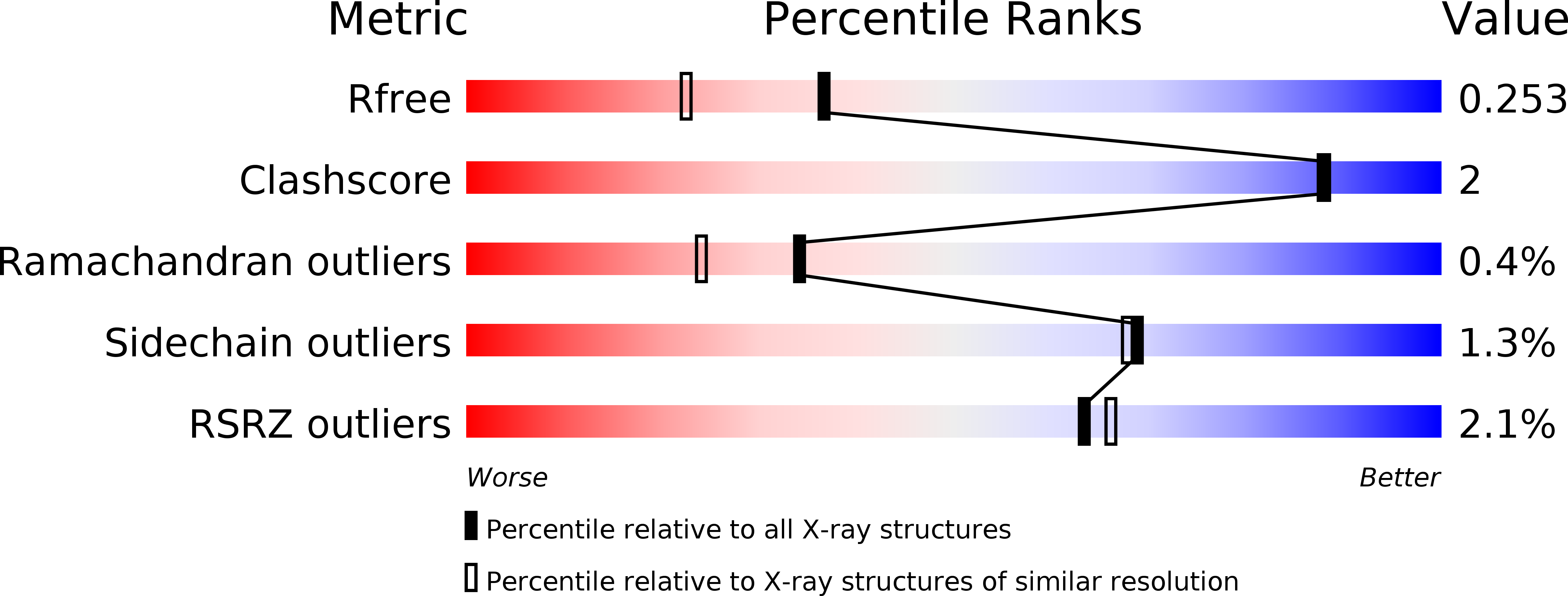
Deposition Date
2019-12-22
Release Date
2020-01-01
Last Version Date
2024-01-24
Method Details:
Experimental Method:
Resolution:
1.90 Å
R-Value Free:
0.25
R-Value Work:
0.20
R-Value Observed:
0.20
Space Group:
P 1 21 1


